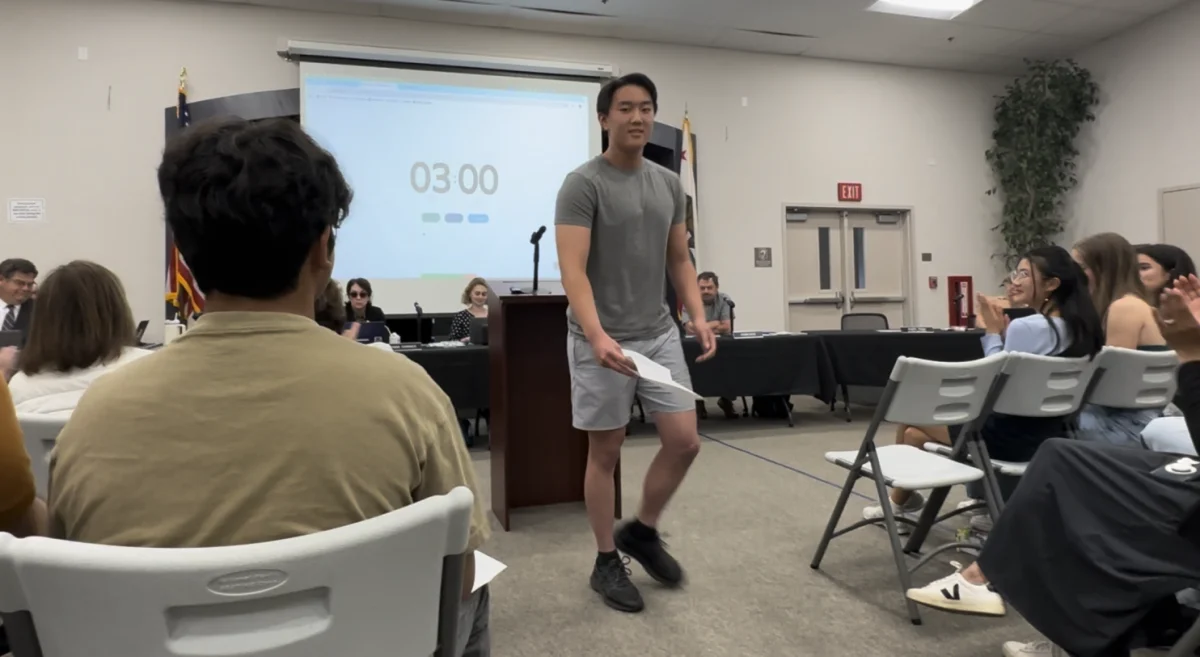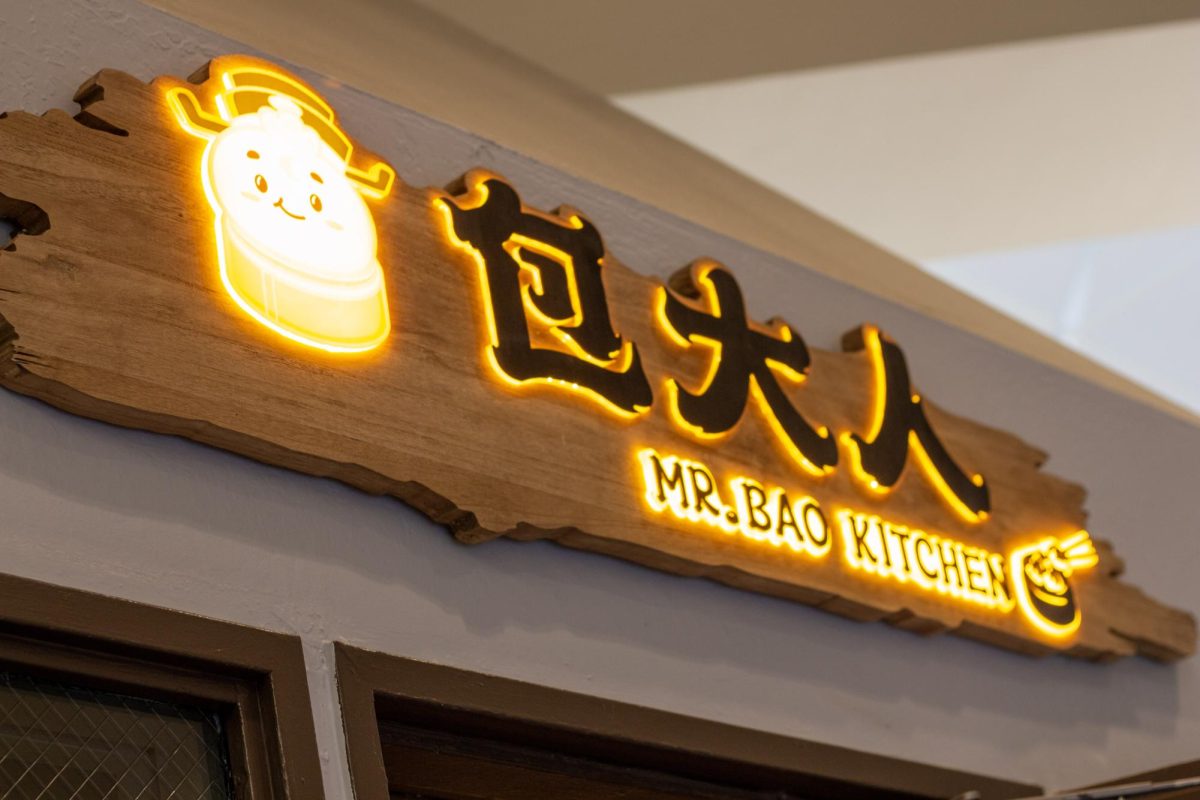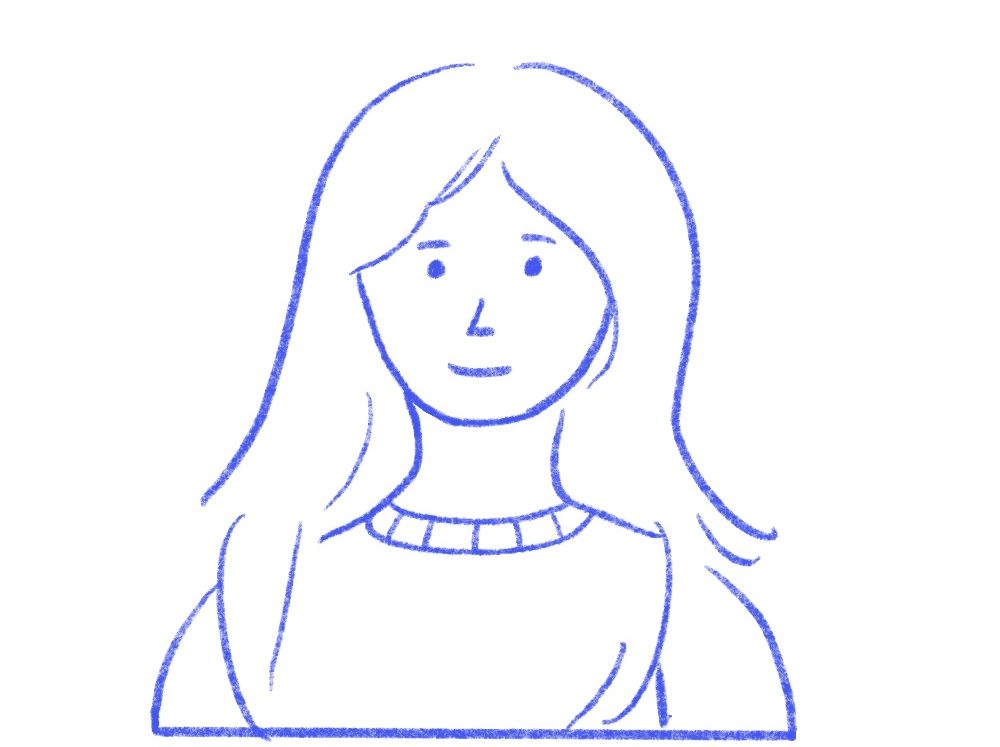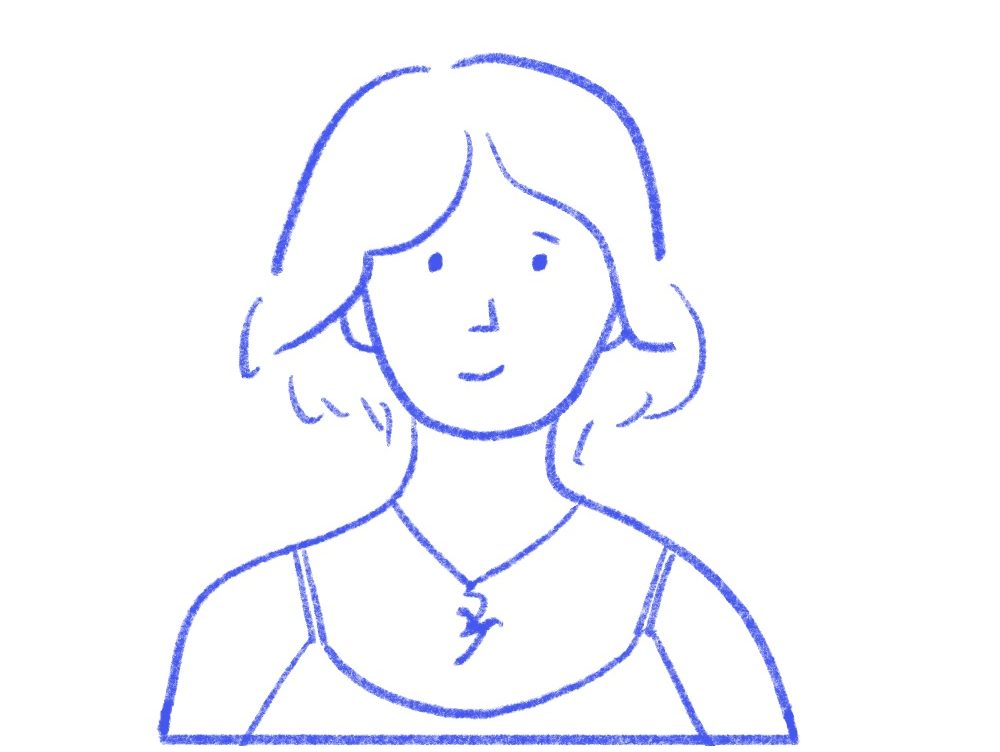Quick! Think of an LGBTQ+ movie or TV show. I would bet a couple bucks that you imagined one of these four:
1. “Heartstopper”
2. “Young Royals”
3. “Red, White & Royal Blue”
4. “Call Me By Your Name”
What do all of these have in common? They’re all about gay men.
So, where are the lesbians?
Don’t get me wrong, it’s momentous to see any type of LGBTQ+ representation in mainstream media. Every couple of scrolls on Tiktok I come across an edit of Kit Connor or some steamy scene in “Red, White & Royal Blue.” As a community that has faced and continues to face so much bigotry, hate and oppression, witnessing the nationwide impact of these films is a giant step forward in creating a more inclusive world.
But really, it isn’t so much “LGBTQ+” representation than it is “G” representation. In all honesty, I’m tired of watching films about men. As someone who is feminine presenting, my whole life has been about men.
In all lesbian or women-loving-women (WLW) media I watch, their sexuality and love life are never the real focus — hit sensations with WLW representation, like “Euphoria” and “Tár,” never fully focus on WLW relationships or love. Instead, deep explorations of queer love in mainstream LGBTQ+ media often revolve around men-loving-men (MLM).
Representation is important, and the fact that mainstream media showcases significantly more MLM than WLW continues to perpetuate centuries of lesbian erasure. Throughout history, lesbians have faced hatred, oppression and maybe worst of all, the removal of their existence. Some of the most prominent historical female figures, such as Susan B. Anthony and Emily Dickinson, were lesbian — but how come their love lives are never discussed like, say, Alexander Hamilton and John Laurens?
Simply put, their erasure is due to misogyny. Even in 2022, less than a third of top-grossing films released that year had female protagonists — the unwillingness of the film industry to star women as their main characters and the lack of demand from audiences keeps WLW media from being in the spotlight, widening the gap between gay and lesbian representation. A 2020 study comparing 118 films released by major studios found that gay men appear in 68% of films including LGBTQ+ characters, while lesbians only appear in 36%. In real life, however, there are almost double the amount of Americans who identify as WLW (7.9%) compared to 4.5% who identify as MLM according to a 2021 Gallup poll.
I want to see myself on the big screen, struggle with sexuality the way I did and see people like me fall in love the way I do. The only way we will be represented is through demand — using our voices. So, make noise. Sign petitions, interact with WLW media and elect people like us — who will represent us in real life, not just in fiction.
We are heard and we are real. We are here.
Curate, ut valeatis,
Iphis
This writer, who is a member of the bisexual and transgender communities, chose to remain anonymous due to privacy concerns.









